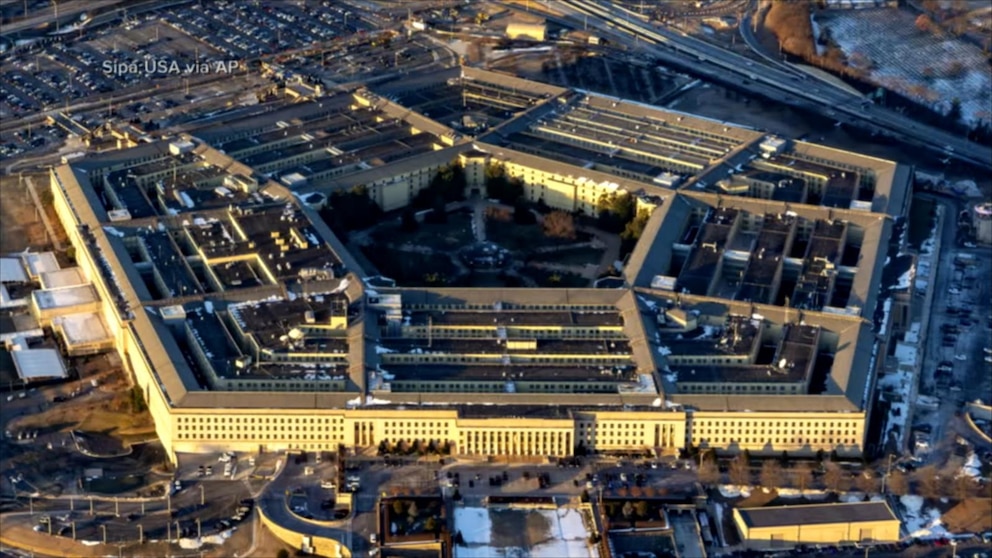Impact of Mass Layoffs and Budget Cuts on Pentagon’s Day-to-Day Operations
Introduction: Understanding the Potential Challenges
Mass layoffs and budget cuts within the Pentagon could significantly disrupt its day-to-day operations, potentially undermining national security and defense capabilities. ABC News’ Linsey Davis recently discussed this critical issue with Luis Martinez, a senior Pentagon reporter, shedding light on the Department of Defense’s (DoD) plan to let go of some probationary employees at America’s defense agencies. This move, while ostensibly a cost-saving measure, raises concerns about operational efficiency, personnel morale, and the ability to maintain national security. As the Pentagon grapples with fiscal constraints, the potential ripple effects on its workforce and operational readiness cannot be overlooked.
Workforce Reduction and Operational Efficiency
The immediate impact of mass layoffs would likely be felt in the Pentagon’s workforce, where probationary employees play a crucial role in supporting day-to-day operations. These employees, though still in their probationary period, are often integral to various functions, from administrative tasks to technical support roles. By letting them go, the DoD risks creating staffing shortages that could slow down decision-making processes, hinder project completion, and reduce overall efficiency. Moreover, the loss of new talent could disrupt the continuity of knowledge and skills within the organization, as experienced employees may need to take on additional responsibilities, potentially leading to burnout and decreased productivity.
Budget Cuts and the Challenges of Resource Allocation
Budget cuts exacerbate the challenges posed by workforce reduction, as they limit the Pentagon’s ability to allocate resources effectively. With less funding available, the DoD may struggle to maintain its current operational tempo, invest in necessary equipment and technology upgrades, and ensure the readiness of its military personnel. Critical programs, such as maintenance, training, and research and development, may face funding shortfalls, which could have long-term consequences for national security. Additionally, budget constraints could force the Pentagon to prioritize certain operations over others, leading to difficult trade-offs that may weaken its ability to respond to emerging threats.
Impact on Acquisition and Modernization
One of the most significant concerns arising from budget cuts is the potential delay or cancellation of critical acquisition and modernization programs. The Pentagon is currently in the midst of several high-profile initiatives aimed at maintaining the United States’ military technological edge, such as the development of next-generation fighter jets, hypersonic weapons, and advanced cybersecurity systems. These programs are expensive and require consistent funding to stay on track. If budget cuts are implemented, the DoD may be forced to scale back or delay these efforts, which could leave the U.S. military at a disadvantage relative to adversaries like China and Russia, who are also investing heavily in military modernization.
Morale, Retention, and the Long-Term Consequences
Beyond the immediate operational challenges, mass layoffs and budget cuts could also have a profound impact on morale within the Pentagon’s workforce. Employees who survive the layoffs may feel a sense of unease and insecurity, wondering if their jobs could be next. This anxiety, coupled with the increased workload resulting from staff reductions, could lead to a decline in job satisfaction and engagement. Furthermore, the loss of probationary employees could discourage young and talented individuals from pursuing careers in the defense sector, potentially creating a long-term talent deficit. As the Pentagon competes with the private sector for skilled workers, layoffs and budget cuts could undermine its ability to attract and retain top talent.
Conclusion: Balancing Fiscal Responsibility with National Security
In conclusion, while the DoD’s plan to reduce its workforce and impose budget cuts may seem like a necessary step toward fiscal responsibility, the potential consequences for the Pentagon’s day-to-day operations and long-term national security are significant. The loss of probationary employees could disrupt operational efficiency, while budget cuts threaten to undermine critical acquisition and modernization efforts. Additionally, the impact on morale and retention could have far-reaching consequences for the Pentagon’s ability to attract and retain skilled personnel. As the DoD navigates this challenging fiscal landscape, it must carefully balance the need for cost savings with the imperative of maintaining a strong, capable, and ready defense force. The stakes are high, and the decisions made today will shape the future of U.S. national security for years to come.















